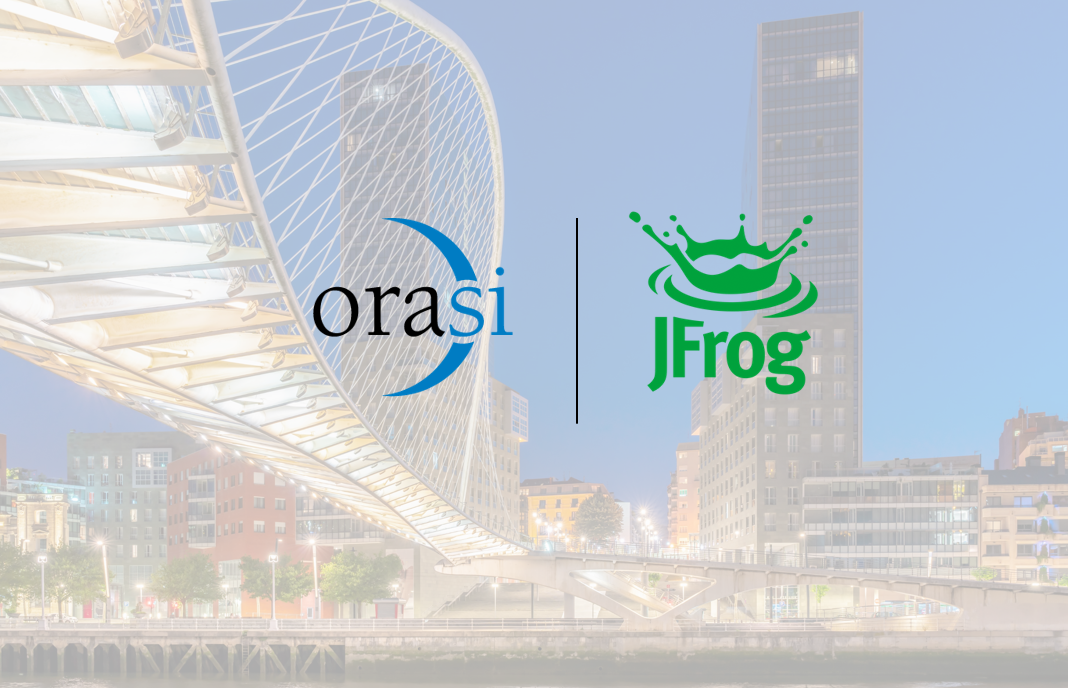By: Mark Lewis, SVP Sales and Marketing
In life, as in application environments, one is not expected to ‘never fail’. What works is the ability to fail fast and to bounce back swiftly. So, a boxed approach of testing that happens towards the far end of an application cycle will not be of much help. Testing continuously in an agile, solution-oriented, and incremental way – that’s the new mantra for strengthening application quality and delivery.
What is Continuous Testing all about? How does it work?
In simple words, it is testing at every stage of the development life cycle. It is an approach for executing automated tests as part of the software delivery pipeline. Here, one gets feedback on the business risks associated with a software release candidate. The feedback is sought as rapidly as possible. It is manifested when everyone works in a collaborative framework – from developers to the QA teams.
The code is uploaded to the source code platform, where it undergoes testing through test automation. Even minor code changes are subjected to testing. Then, whenever a change to source code is made, the code is built, and tests are run to ensure production readiness. Essentially, the code is developed, delivered, tested, and deployed continuously.
Benefits of Continuous Testing
When you put continuous testing in place, you knock out several birds with one stone:
- Stronger applications with ewer bugs and defects
- Test environments that closely resemble production environments
- A continuous delivery process for software
- Proactive management of vulnerabilities
- Consistency in configuration across all tests
- Room for service virtualization
- Real-time confidence considering recent versions, threat vectors, and upgrades
- Ability to drive digital transformation projects with better applications
- Higher levels and consistency in quality assurance of software
- Ownership of quality at every level
- Seamless integration with DevOps
- Higher user experience
- Better customer experience because of attention to continuous feedback
The Role of Continuous Testing in DevOps
With continuous testing, the actual speed and agility of a DevOps approach can be achieved. This is due to better collaboration, automation of critical areas, and continuously updated software. Rapid feedback and continuous improvement form the backbone of DevOps. Critical issues can be spotted before they get out of hand. This helps to achieve strict timelines, mitigate risks and augment application delivery thoroughly. When the disconnect around development, testing, and QA teams is wiped away, it leads to a better time-to-market cycle.
Implementation Approaches and Best Practices
The foundation is built by putting in place essential areas at the right places:
- Test automation plan
- Robust testing tools for API, UI, etc.
- Automation strategy
- Code validity checks
- Agile feedback mechanisms
- Systems for continuous delivery
- Continuous integration capabilities and tools
Challenges with Implementing Continuous Testing in DevOps
It is not just an automation or technology problem, but a culture problem. The significant shift in testing everything continuously is difficult to embrace for people who have worked on sequential and rigid processes so far. So, changing mindset and habits is the first and foremost aspect for effective continuous testing.
Loosely defined dataset management can hinder the actual value of this approach. Also, the dominance of heterogeneous test environments and the lack of DevOps skills and the right tools would shape into enormous problems if they are not addressed in time. If an enterprise has a complex application architecture, it will find it challenging to deploy continuous testing. Longer code integration cycles may also create integration issues and delay in fixing defects.
One needs a powerful ability to dynamically provision a wide variety of environments – and instantaneously. An excellent tool can help to quickly establish data environments to support various test types. This is a real shift-left step. It needs an excellent investment.
When you take this step, you reach faster cycle times without sacrificing confidence in quality. Here, an excellent solution helps master refactored testing processes, ephemeral environments, dynamic data management, service virtualization, expanded monitoring at each development stage, pipeline integration, and orchestration.
Shift left with the right foot forward.



